On June 8, 2015, Grand Challenges Explorations grants were announced for 52 researchers from around the world. Each will receive $100,000 to conduct early-stage research projects focusing on one of six global health and development challenges selected for this Round.
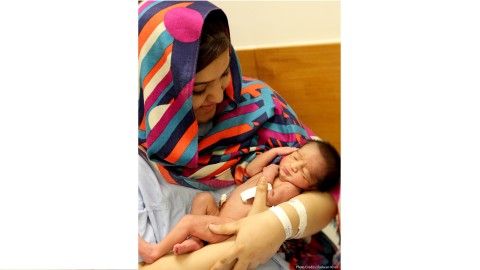
Christopher Yip of the University of Toronto in Canada will test whether measuring skin thickness and cellular composition using non-invasive diffuse optical spectroscopy can be used to estimate the gestational age of newborns, which is important for guiding improvements in maternal and child health.
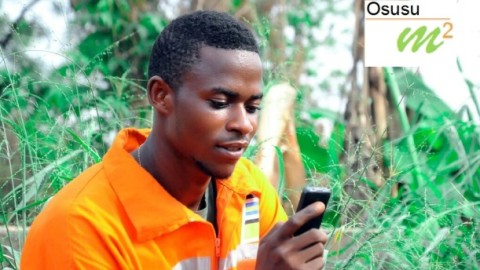
Enoma Odia of Sofdia System Nigeria in Nigeria will develop a mobile banking service that incorporates a form of peer-to-peer banking known as Osusu to facilitate saving and borrowing money.
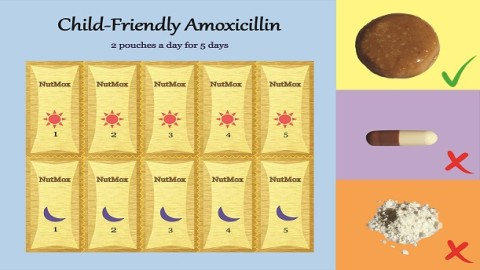
Sangwei Lu from University of California, Berkeley in the U.S. will combine peanut butter with the antibiotic amoxicillin as a way to both treat pneumonia and boost nutrition in children from developing countries
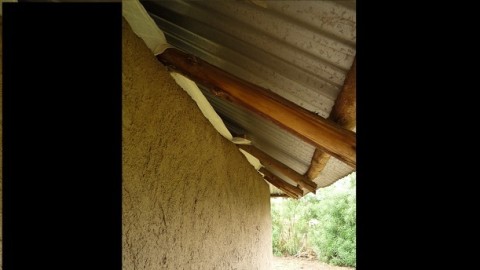
Alexandra Hiscox from Wageningen University in The Netherlands will enhance the effectiveness of outdoor baited traps to attract disease-spreading mosquitoes by combining them with a repellant applied to the outside of houses.
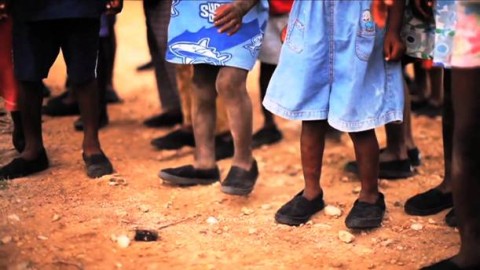
Jane Whitton of Schistosomiasis Control Initiative in the United Kingdom will test whether grouping treatments for three neglected tropical diseases alongside motivating people to come for the treatments by offering incentives such as free shoes or free school meals can increase coverage and better reduce disease incidence.
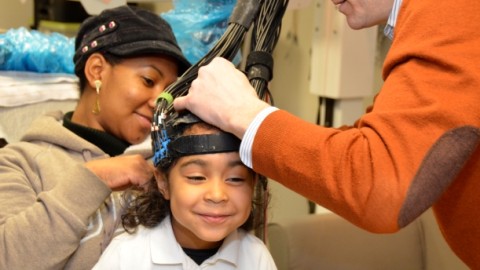
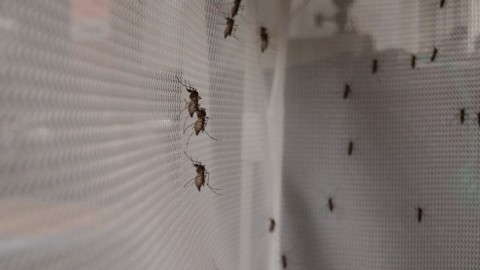
Immo Hansen of New Mexico State University in the U.S. will develop an artificial protein-based meal for rearing mosquitoes to replace currently used vertebrate blood, which has extensive region-specific regulatory requirements.
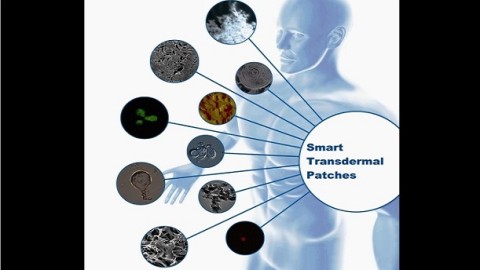
Rinti Banerjee of IIT Bombay in India will develop skin patches for safer and more effective dosing of the antibiotic amoxicillin in children with pneumonia in developing countries.
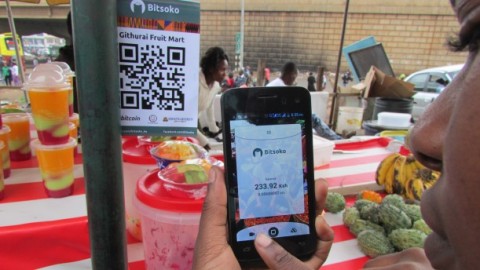
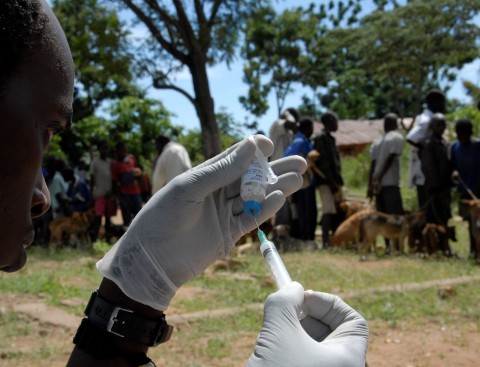
Felix Lankester of Washington State University in the U.S. will determine whether integrating a mass drug administration campaign targeting soil-transmitted helminth infections with a mass dog rabies vaccination campaign reduces costs and extends treatment coverage for these diseases, which are endemic in Tanzania.

Peter von Dadelszen of St George's, University of London in the United Kingdom will develop a simple, smartphone-based mobile ultrasound device that can be used by untrained healthcare professionals in low- resource settings to determine gestational age by measuring the diameter of the fetal cerebellum.
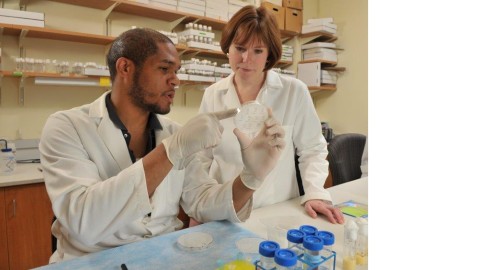
Molly Duman Scheel of Indiana University in the U.S. will perform a high-throughput screen to identify small interfering (si)RNAs that cause death when ingested by mosquito larvae as a method for reducing malaria transmission.
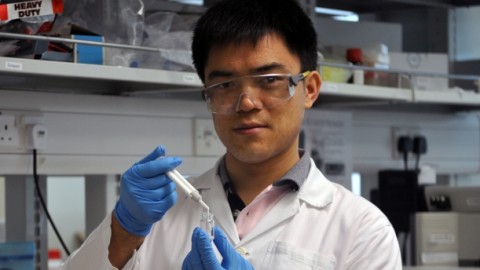
Chenjie Xu of Nanyang Technological University in Singapore will develop a stable and child-friendly formulation of the antibiotic amoxicillin, which is used to treat pneumonia, for use in developing countries.
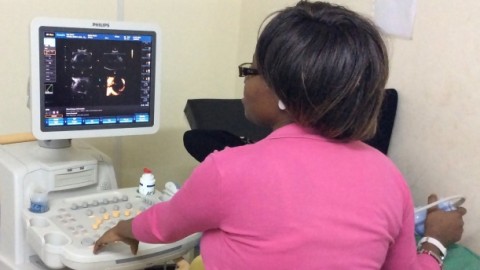
Ana Namburete of the University of Oxford in the United Kingdom will develop a computational tool called Autodate that identifies physical features of the fetal brain from a routine ultrasound image to automatically estimate gestational age at any stage of pregnancy.
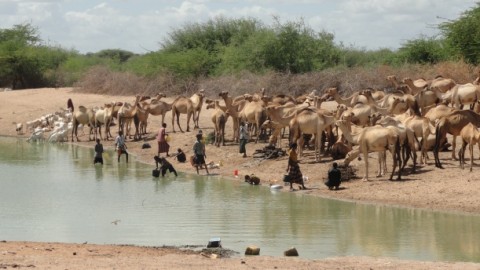
Hussein Abdullahi of Wajir County Government in Kenya will combine a mass drug administration effort to treat soil-transmitted helminth (parasitic worm) infections in Wajir County with a survey of the number of cases of visceral leishmaniasis, which is transmitted by sand flies.
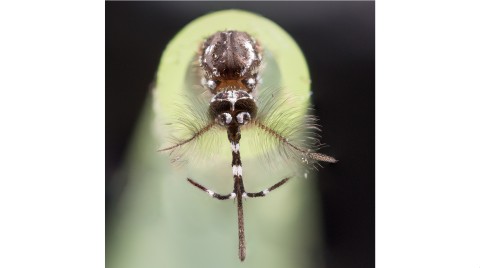
Laura Harrington of Cornell University in the U.S. will test whether acoustic signals in traps can attract specific disease-causing species of mosquitoes, particularly males, to aid control efforts.